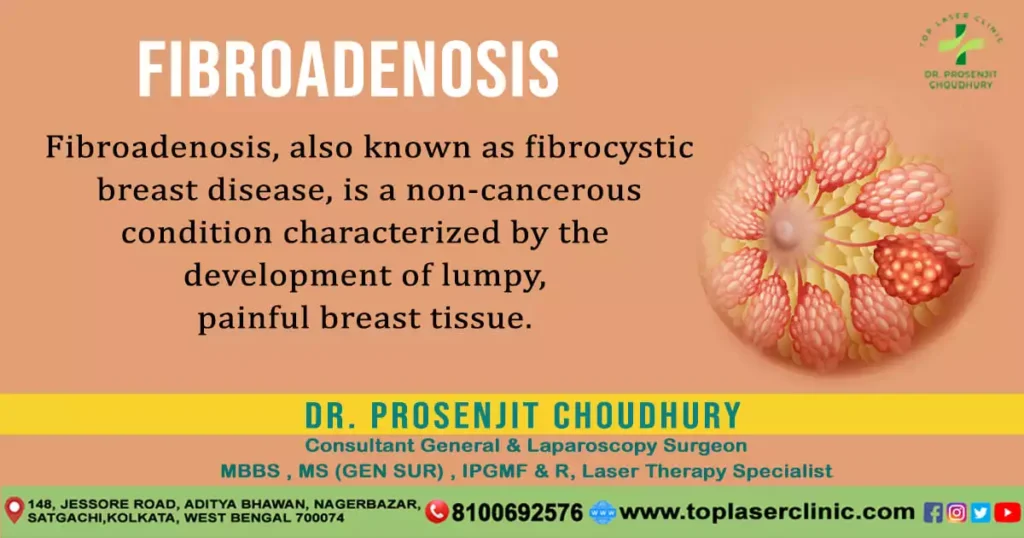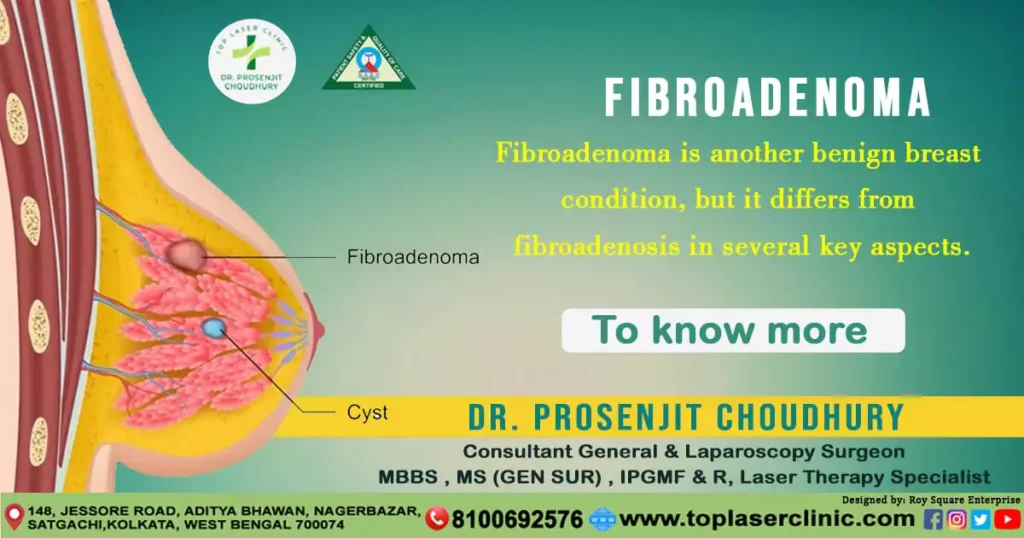
fibroadenosis vs fibroadenoma:
Breast health is a topic of paramount importance for women, and various conditions can affect this aspect of their well-being. Two commonly encountered conditions are fibroadenosis and fibroadenoma.
Although these terms may sound similar, they represent distinct entities with unique characteristics. In this blog post, we will delve into the world of breast health, exploring the key differences between fibroadenosis and fibroadenoma.
Fibroadenosis:
Fibroadenosis, also known as fibrocystic breast disease, is a non-cancerous condition characterized by the development of lumpy, painful breast tissue. This condition is more prevalent in women of reproductive age and tends to fluctuate with hormonal changes throughout the menstrual cycle.
Fibroadenosis often leads to breast discomfort, tenderness, and the formation of small, fluid-filled cysts. The breast tissue may feel nodular or rope-like during a physical examination.
Symptoms of fibroadenosis can vary, but they commonly include breast pain or breast tenderness, breast swelling, and the presence of palpable lumps. It’s essential to note that fibroadenosis does not increase the risk of breast cancer, and the symptoms are typically manageable with lifestyle changes and sometimes medication.
Fibroadenoma:
Fibroadenoma is another benign breast condition, but it differs from fibroadenosis in several key aspects. Unlike fibroadenosis, fibroadenomas are solid, non-cancerous tumors that typically feel smooth and firm to the touch. These tumors are more common in women under the age of 30 and may shrink or disappear on their own over time.

While fibroadenomas are generally painless, some women may experience tenderness or discomfort. These tumors are usually well-defined and movable, and they do not significantly increase the risk of developing breast cancer.
However, healthcare professionals often recommend monitoring fibroadenomas through regular breast examinations to ensure stability and detect any changes.
Key Differences between fibroadenosis and fibroadenoma:
Nature of the Tissue:
- Fibroadenosis involves the development of lumpy, painful breast tissue with fluid-filled cysts.
- Fibroadenomas are solid, non-cancerous tumors that are typically painless.
Age of Occurrence:
- Fibroadenosis is more common in women of reproductive age.
- Fibroadenomas are frequently found in women under the age of 30.
Texture and Consistency:
- Fibroadenosis causes breast tissue to feel nodular or rope-like.
- Fibroadenomas feel smooth, firm, and well-defined.
Pain and Discomfort:
- Fibroadenosis often leads to breast pain, tenderness, and swelling.
- Fibroadenomas are usually painless but may cause some tenderness.
Understanding the distinctions between fibroadenosis and fibroadenoma is crucial for individuals to manage their breast health effectively. While both conditions are generally benign, it is essential to consult with healthcare professionals if any breast changes or abnormalities are noticed.
Regular breast self-exams and screenings play a crucial role in early detection and maintaining breast health throughout different stages of life.
Fibroadenoma treatment without surgery

While surgical intervention has traditionally been a common approach, advancements in medical science have opened up non-surgical treatment options.
In this blog post, we will explore fibroadenoma treatment without surgery, emphasizing key methods that empower individuals to manage their health effectively.
Non-Surgical Approaches:
- Watchful Waiting: For small, asymptomatic fibroadenomas, watchful waiting is a valid approach. Regular monitoring through clinical examinations and imaging can be employed to track changes over time.
- Lifestyle Modifications: Implementing lifestyle changes can contribute to managing fibroadenomas. This include practising stress management strategies, eating a balanced diet, and getting frequent exercise. These lifestyle modifications can enhance overall well-being and potentially alleviate symptoms associated with fibroadenomas.
- Hormonal Therapy: Hormonal fluctuations can influence the growth of fibroadenomas. Hormonal therapy, such as oral contraceptives or medications that regulate hormones, may be considered as part of the treatment plan. However, it’s crucial to consult with a healthcare professional to determine the suitability of hormonal therapy based on individual health profiles.
- Ultrasound-Guided Procedures: Innovative non-surgical procedures, such as ultrasound-guided techniques, offer minimally invasive alternatives. Procedures like ultrasound-guided biopsy or aspiration can be employed to target and remove fluid from the fibroadenoma, reducing its size and associated symptoms.
Holistic Approaches:
- Nutritional Support: Integrating a nutrient-rich diet with foods known for their anti-inflammatory properties may contribute to managing fibroadenomas. Antioxidant-rich fruits and vegetables, omega-3 fatty acids, and adequate hydration can be beneficial.
- Herbal Remedies: Some herbal supplements are believed to have anti-inflammatory and anti-tumor properties. However, it’s essential to approach herbal remedies with caution and consult with a healthcare professional before incorporating them into the treatment plan.
Fibroadenoma treatment without surgery is a viable option for many individuals, offering a range of approaches from watchful waiting to innovative non-surgical procedures. By understanding the available options and consulting with healthcare professionals, individuals can make informed decisions about their health, empowering them to manage fibroadenomas effectively. Always prioritise regular check-ups and communication with healthcare providers to ensure the most appropriate and personalised care.
I want talk to u dr.